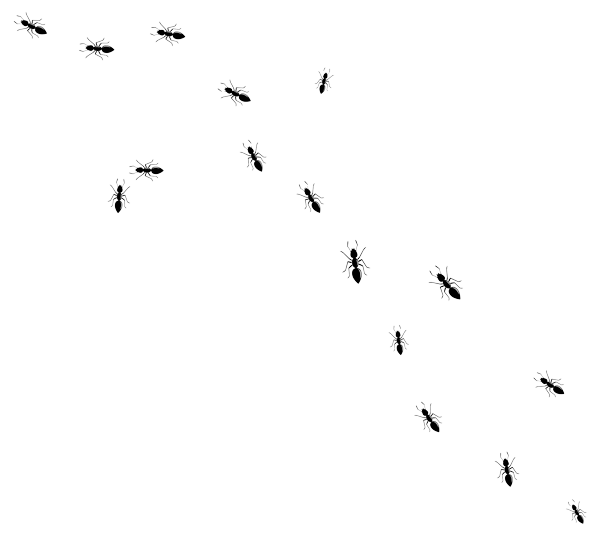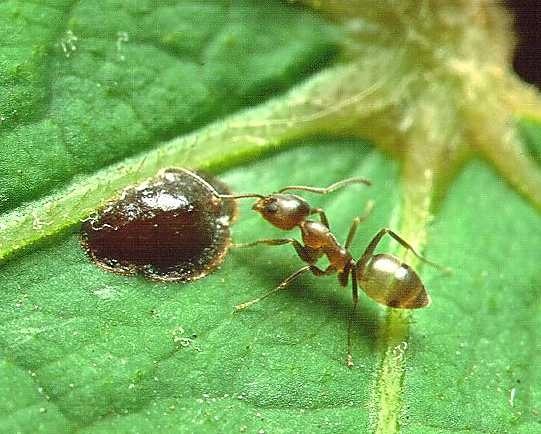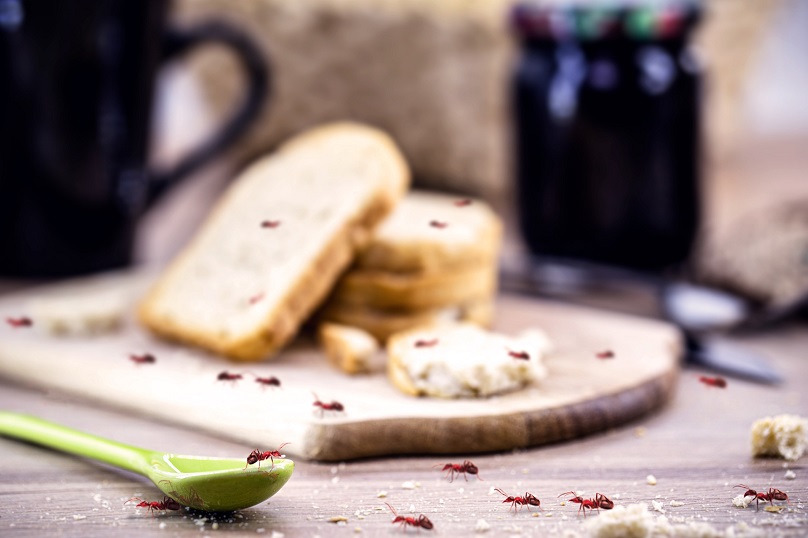Ants are not created equal
Ants are quite specialised, so this means the treatment for one ant species is different from the way you get rid of another ant species. Depending on what you do, you can actually make your ant problem even worse.
For example, when you get a big crowd of ants in your kitchen, you immediately go out and buy some liquid bait. You put it down in the hope it’s going to get rid of the ants. Sometimes the bait will be effective, but only if it’s the black house ant. If it’s the white-footed house ant who has come for a visit, which is the most common in New Zealand, then you’re not going to get rid of them. In fact, you could get even more invading your home.

White-footed house ants don’t practise communal feeding, so they are never going to feed the poison to the queen. Therefore, you’re never going to get rid of the nest.
The bait will kill the workers that are taking the poison, but this may only alarm the queen. She may then form another nest. So instead of just one nest, you end up with more and more of them around the property. And it gets worse because the ants will actually treat that bait as a food source.
In addition, these ants now have a trail established back to their takeaway bar at your place. So, they just keep coming back and you never get rid of the problem; you’ve always got ants in the kitchen.
So, if you do have ants in your house and you want to use bait, then put the bait outside. That will at least stop them from treating it as a food source and creating trails coming into the kitchen.
Other types of ants in New Zealand
Coastal Browns are common in Auckland. They are tiny brown ants.
And there are also Argentine ants. These are one of the world’s top 10 invasive species. In Onehunga, in particular, there is a massive Argentine ant problem.
Argentine ants pose a serious threat to New Zealand’s biodiversity. They are aggressive and territorial, and while they are not poisonous, they can bite people.
The best way to identify them is by their colour and trails. They are:
- 2-3 mm long
- honey-brown in colour
- they often move in large trails of five or more ants wide and close together
- they are able to readily climb trees.

Argentine ants are a difficult pest to control, but baits and pesticides outside the house are the most effective treatment. We’ll set multiple bait stations near established trails, especially along edges of paths, fences, garden borders or rock walls.
These ants link their nests in super-colonies, which can extend hundreds of metres. If an insufficient amount of pesticide is used, the colony can separate and therefore share less of the pesticide bait, making the nests even harder to control.
Ants are very specialised, and not something you should really try and handle yourself unless you only have a minor problem. So, if you need to get rid of ants at your place, give us a call at Bug King.


Recent Comments